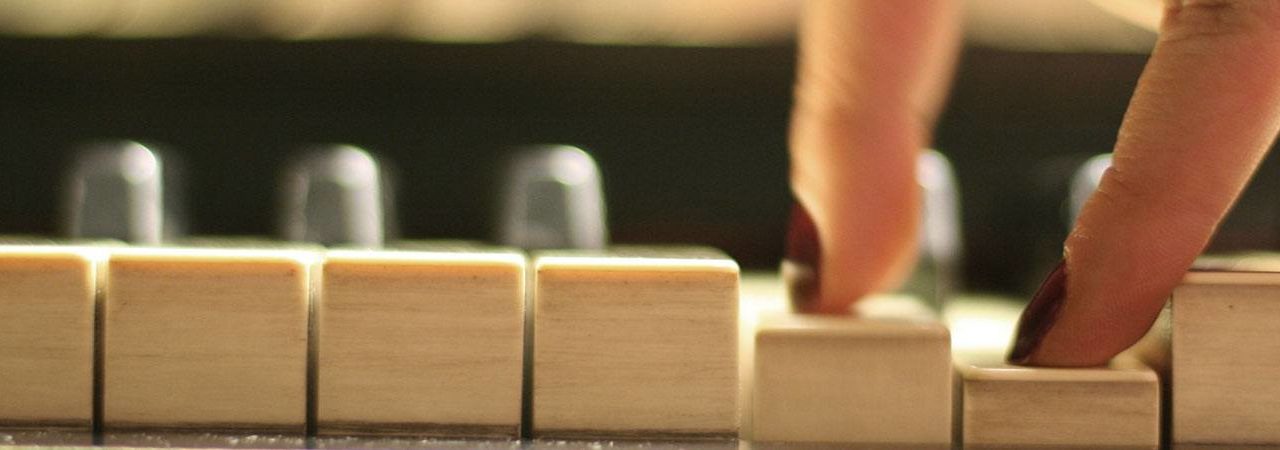The piano is one of the most-loved instruments in the music world and has played a pivotal role in scores of different musical genres and movements. Let’s take a look at some of the most interesting and important facts about pianos right now.
- The piano was first invented in the early 18th century and first evolved from the harpsichord. There are many different types of piano in use today, including grand pianos, synthesisers and hybrid pianos. Pianos normally feature between 220 and 230 strings, which are manufactured from steel. Sound is emitted when the strings are hit by hammers.
- The world’s most expensive piano was the Crystal Piano, played by Lang Lang at the Beijing 2008 Olympic Games. The piano was designed by Heintzman Pianos and eventually sold at auction for $3.22 million.
- The first wave of pianos was so expensive that they were only owned by super-rich types such as royal families and aristocrats. Pianos only really became accessible for a larger group of people after around a century. The original pianos were somewhat different to the instruments we know and love today. Pianos that resemble that ones that you see today only came into production in the 19th century. In this period, cast iron frames were added to pianos, making them louder but also more difficult to manoeuvre due to their weight. Piano movers tend to be in great demand due to the skill required to transport the instruments.
- Electric pianos as we know them did not reach the market until 1980. However, the quest to bring the concept of the electric piano to life began way back in the 1920s. The original electric pianos were used by people like Ray Charles in the 1950s, but these were simply acoustic pianos with pick-ups for amplification. The synthesiser first emerged in the 1960s, before the modern electric piano was unveiled. There were many benefits attached to the modern electric piano. For instance, the instrument didn’t require tuning, which could be expensive and could only be carried out by experienced professionals and it allowed to musicians to practice in silence. It was also much smaller than conventional pianos.
- The world’s largest piano was designed and manufactured by the New Zealand piano tuner Adrian Mann. The instrument took four years to build and weighed 1.4 tonnes. It was 5.7 metres long, with Mann still being only 25 years when the project was completed. The piano was built in a farm shed and was once placed in the foyer at the Otago Museum. Said to have deeper bass and depth than conventional pianos, it features wires more than 20ft in length. It is now housed at Mann’s Dunedin workshop.
- Pianos need to be tuned four times a year initially and twice a year after that. To keep your piano in tune, keep it in a space that is neither overly dry nor damp. If you have a digital piano, it won’t need tuning, but you will need to take care of it to prevent the sound from warping.
- Believe it or not, pianos are considered to be percussion instruments. This is because sounds are emitted when the strings are hit by hammers. This means it belongs in the percussion section of symphony orchestras.
- Despite the phrase “tinkle the ivories”, piano keys are now manufactured from plastic and have been since the 1940s. The reason for the change was to protect endangered resources. Concert grand pianos weigh more than 1400lbs and are 8 foot 11” in length. The hugely impressive audio quality of a grand piano is largely due to its size. Keys have been made from spruce, sugar pine, basswood and ebony in the past.
- Some of the most famous pianists in the world include Ludwig Van Beethoven, Johann Sebastian Bach and Wolfgang Amadeus Mozart. The world of pop and rock is also home to a large number of iconic piano players including Sir Elton John, Billy Joel, Jerry Lee Lewis, Steve Wonder and Norah Jones.
- Pedals for the piano include the soft pedal, sustain pedal and sostenuto pedal. American grand pianos tend to have all three pedals, whilst many European instruments have two, soft and sustain.

